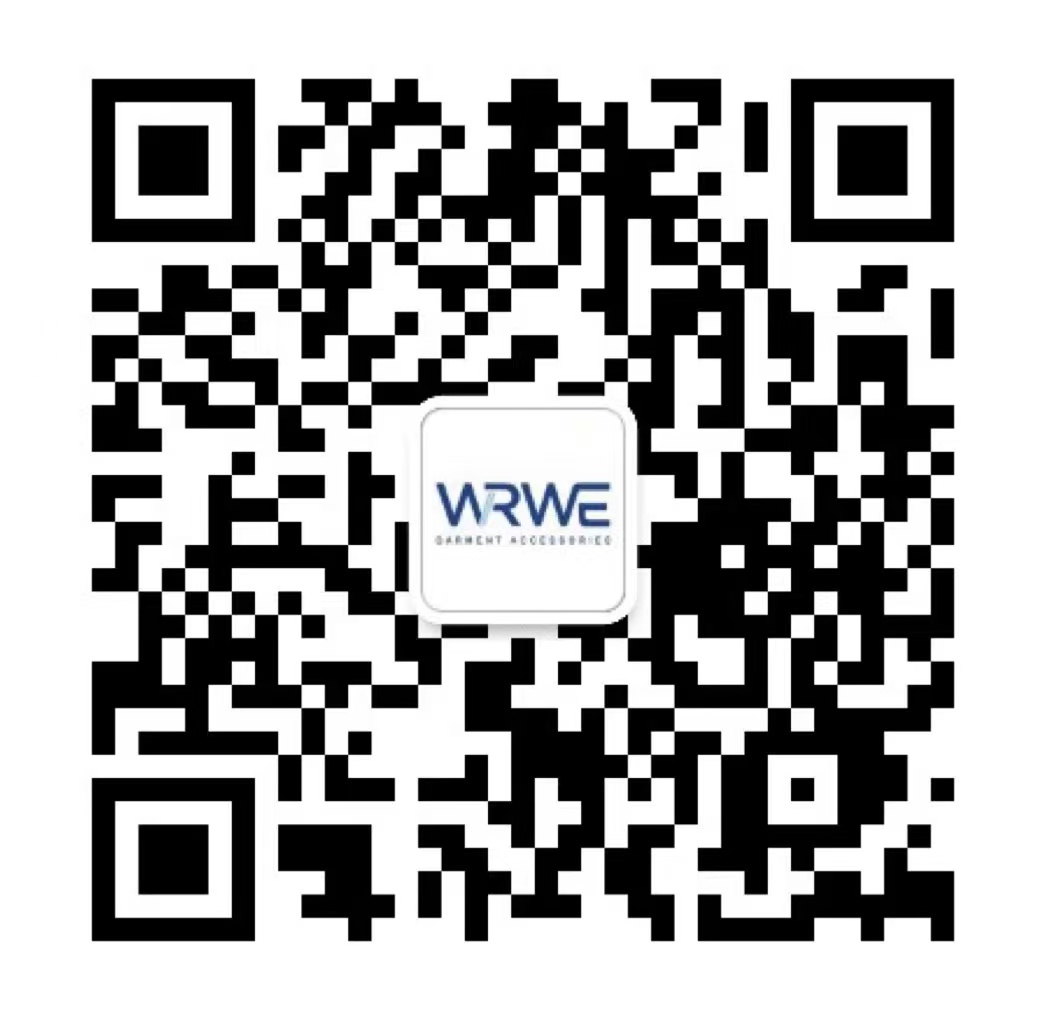1. Types of Tencel
LYOCELL fiber has filament and short fiber, and short fiber is divided into ordinary type (uncross-linked type) and cross-linked type. The former is Tencel G 100, and the latter is Tencel A 100.
The first difference between the two is the production process: Tencel G 100: The wood pulp is dissolved in NMMO, then filtered, spun, coagulated in a coagulation bath, washed, dried, curled, and cut into fibers. Tencel A 100: Undried fiber tows are treated with cross-linking agent, then baked at high temperature, washed, dried and curled.
Secondly, in terms of its performance, Tencel G 100 has good moisture absorption and swelling properties, with a swelling rate as high as 40%-70%. When the fiber swells in water, the hydrogen bonds and other binding forces between the axial molecules of the fiber are disassembled. When subjected to mechanical action, the fiber splits along the axial direction to form longer fibrils. The fabric can be processed into peach skin style by taking advantage of the easy fibrillation characteristics of Tencel G 100 fiber.
The hydroxyl groups in the cross-linked Tencel A 100 cellulose molecules react with the cross-linking agent containing three active groups to form cross-links between the cellulose molecules, which can reduce the fibrillation tendency of the LYOCELL fiber and allow the processing of smooth styles. The fabric is not prone to pilling during use.
2. Advantages of Tencel fabric
It has the “comfort” of cotton, the “strength” of polyester, the “luxury beauty” of wool fabric, and the “unique touch” and “soft drape” of silk.
- High strength
Tencel fiber has a uniform cross-sectional structure, a round shape, no sheath and core layers, and a smooth longitudinal surface without grooves. It has better mechanical properties than viscose fiber. It is extremely tough in both dry and wet states and is not easy to tear. The dry strength is close to polyester fiber, and the wet strength only decreases by 15%, which is far better than viscose fiber. The wet strength is also far better than cotton cellulose fiber, which can effectively To extend the service life of the product, Tencel fabric is durable. - Comfort
LYOCELL fiber fabric has a refreshing feel, good moisture absorption and breathability, and has the drape of silk. The touch can change from cotton to wool, silk, and various other feelings. Therefore, Tencel fabric feels very good, like touching a child’s skin, and is very soft. - Others
LYOCELL fiber has good dimensional stability, low fiber fabric shrinkage and good washability. When LYOCELL fiber is in a wet state, small fibrils are pulled out from the surface under mechanical force, which can change the properties of the fabric surface. Through enzyme treatment, longer fibrils are removed and secondary fibrillation is performed to obtain a peach skin effect.
Tencel fabric is extremely environmentally friendly. Its manufacturing process is environmentally friendly, the solvents used can be recycled, and the fiber products will not cause harm to the human body and can be degraded in the soil, fully meeting the needs of modern consumers.
3. Disadvantages of Tencel fabric
- Tencel fabric has a uniform cross-section, but the bond between the original fibers is weak and inelastic. If subjected to severe friction, the outer fibers can break, damaging the fabric. When wet, it will become tangled into cotton particles and shorten its service life.
- The softness of Tencel fabric will change with changes in temperature. For example, Tencel fabric will become slightly harder in hot and humid environments, which is a disadvantage.



